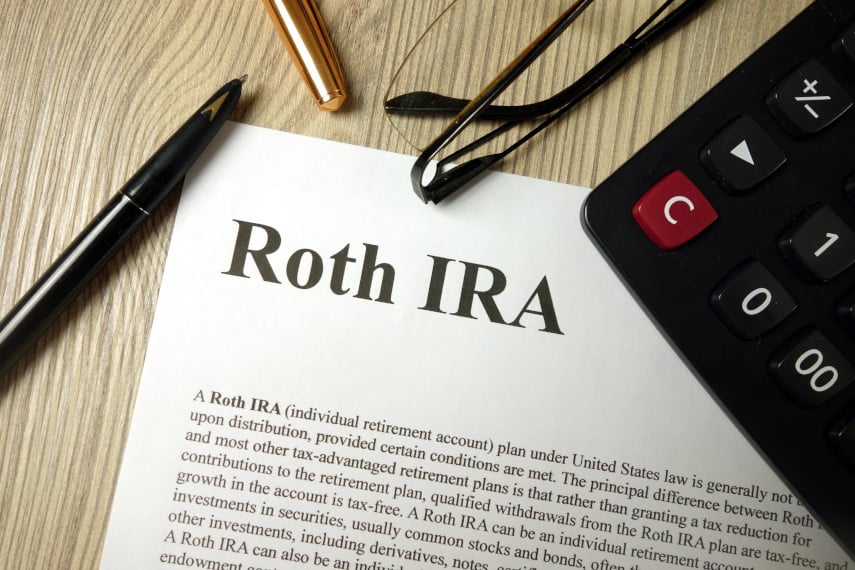
When you think of buying precious metals – gold and silver – you may think of buying gold and silver coins and bars. And you may think of buying them from a coin store or from an online vendor.
But did you know that you can buy precious metals with an IRA?
Even those who are aware of the fact that you can buy gold and silver with IRA assets tend to think of Traditional IRAs. But did you know that you can also purchase precious metals with a Roth IRA?
Buying gold and silver with a Roth IRA isn’t much different than buying precious metals through a Traditional gold IRA or silver IRA, you’re just using post-tax dollars rather than pre-tax dollars. And a Roth precious metals IRA can be an important tool in your arsenal when it comes to saving for retirement.
Key Takeaways
- Roth IRAs offer some advantages that Traditional IRAs don’t
- Self-directed IRAs like a Roth gold IRA can offer additional investment options compared to conventional IRAs
- A gold Roth IRA can offer tax-free gains and tax-free distributions in retirement
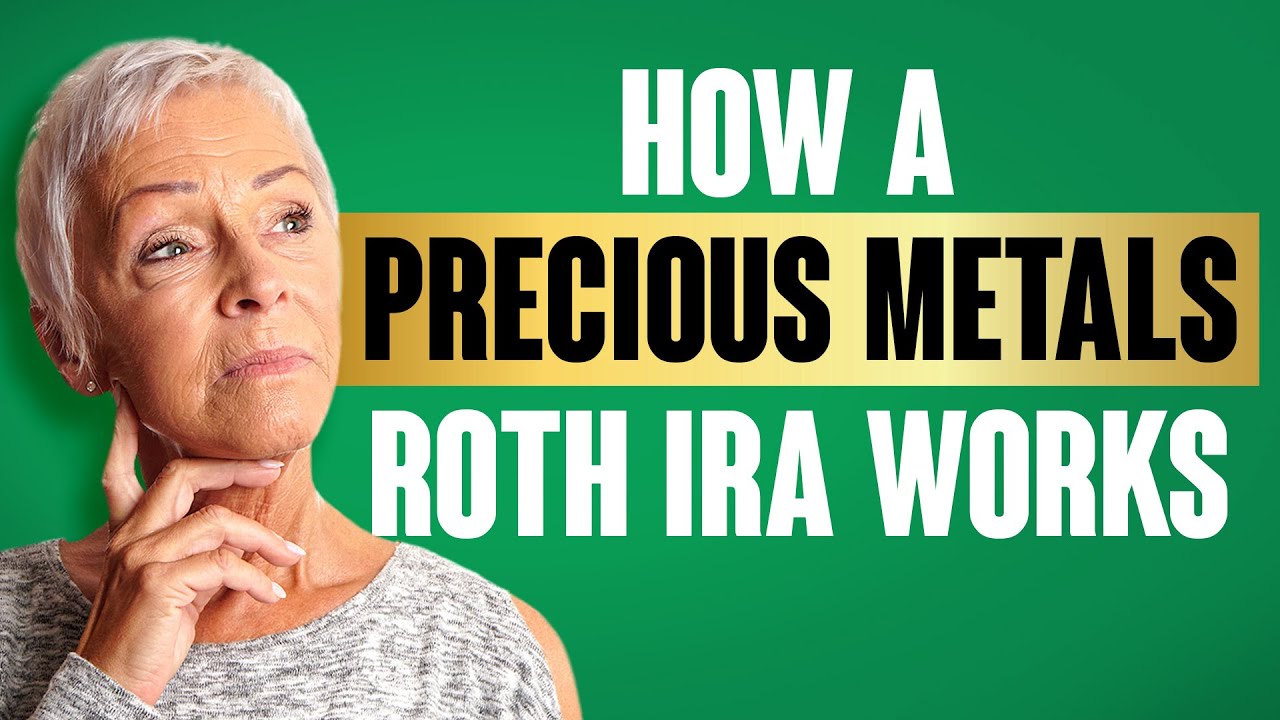
What Is a Roth IRA?
If you’re not already familiar with a Roth IRA, a Roth IRA is an IRA that is funded using post-tax dollars. Gains made within a Roth IRA accrue tax-free, and no taxes are paid when you take a qualified distribution.
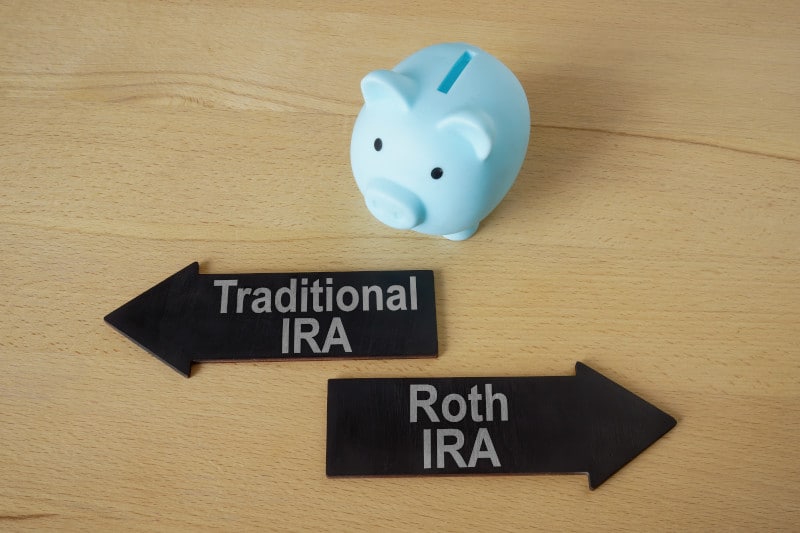
Roth IRA vs. Traditional IRA
The primary difference between a Roth IRA and a Traditional IRA is in tax treatment of investment funds. A Roth IRA uses post-tax dollars to invest, while a Traditional IRA uses pre-tax dollars.
Gains made in both a Roth IRA and a Traditional IRA are tax-free. But while you pay taxes on distributions from a Traditional IRA, you don’t pay taxes when you take a qualified distribution from a Roth IRA.
There are a few other important differences between a Roth IRA and a Traditional IRA. With a Traditional IRA, for instance, you are required to take required minimum distributions (RMDs) at age 73, whereas there are no RMD requirements for a Roth IRA.
Contributions to Traditional IRA accounts can also be tax-deductible, up to a certain income limit. Contributions to a Roth IRA are not tax-deductible.
But you can only contribute to a Roth IRA if your income is below a certain threshold, whereas there are no income limits for contributions to a Traditional IRA.
Maximum annual contributions to IRA accounts are $7,000 in 2024, or $8,000 for those over age 50. And there are additional quirks to Roth IRAs such as the 5-year rule with regard to distributions of earnings that you need to know.
If you want to learn more about Roth IRAs, you can read more about them at the IRS website or consult with your tax advisor.
Conventional vs. Alternative Assets
Investors in the US have socked away trillions of dollars in IRA accounts. And it’s safe to say that the majority of those assets are likely invested in conventional financial assets like stocks, bonds, mutual funds, or various other index funds or exchange-traded funds.
For investors looking for alternatives, however, some IRA accounts offer additional options. Among these are precious metals like gold, silver, platinum, and palladium.
Precious Metals IRA
A precious metals IRA is an IRA account that invests in precious metals. Precious metals IRAs are an example of a self-directed IRA, a type of IRA that opens up a whole new array of investment options to investors.
Because a self-directed IRA puts you in control of your investments, you can choose from a wide range of investment options, including precious metals. And one of the most popular precious metals to buy is gold.
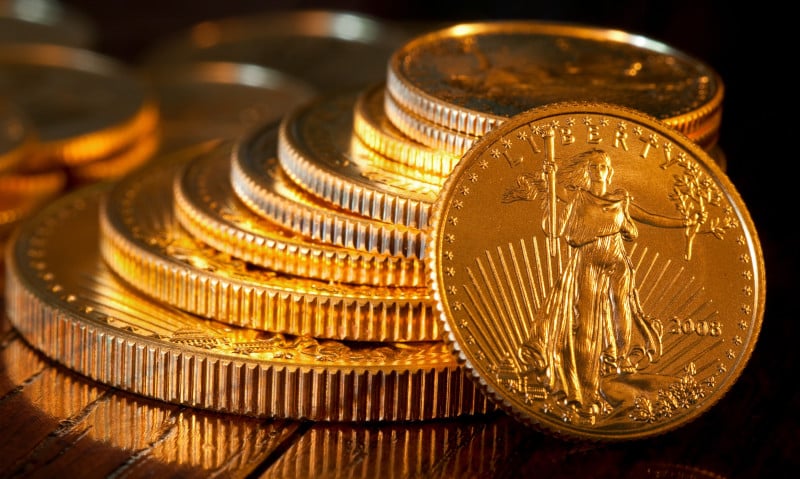
Gold IRA
A gold IRA is a type of precious metals IRA that invests in physical gold coins or gold bars. As the owner of a gold IRA, you choose which coins or bars you own with your gold IRA.
And when you want to take a distribution you can either take it in cash or you can choose an in kind distribution and take physical possession of the gold coins or bars in your IRA.
Advantages of a Gold IRA
A gold IRA has numerous advantages. Here are three of them to keep in mind.
1. Wealth Protection
Gold has a long and well deserved reputation for protecting wealth through times of financial turmoil and economic uncertainty. Numerous paper currencies have come and gone, but gold has withstood the test of time.
It’s no wonder, then, that gold is one of the first assets to start rising in price when the economy starts to take a turn for the worse. Investors who are looking to protect their assets rush to gold, sending its price skyrocketing.
We’ve seen examples of this in the past, as when the gold price rose at an annualized rate of over 30% throughout the 1970s. Or in the aftermath of the 2008 financial crisis, gold nearly tripled in price, setting all-time highs.
With recession potentially on the horizon in the near future, more and more investors are turning to gold today to help protect their wealth. The gold price is once again setting all-time highs, providing great benefit to those who had the foresight to safeguard their savings with gold.
2. Asset Growth
Gold doesn’t just help protect your assets during times of turmoil, it can also help you grow your assets even when markets are behaving normally. Gold’s performance has actually surpassed that of stock markets in the 21st century.
That’s pretty solid long-term performance that many investors would love to see in their portfolios. And with gold hitting all-time highs and potentially poised for significant future price growth during a recession, gold could deliver even more gains in the future.
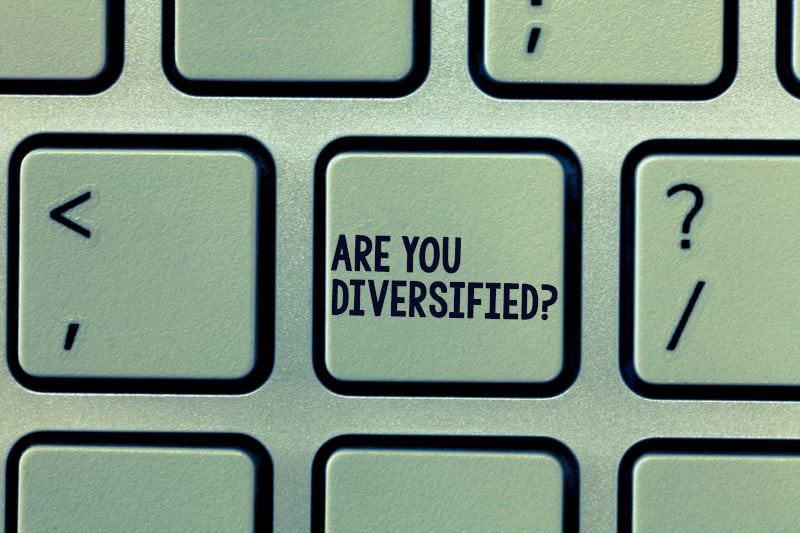
3. Diversify Your Portfolio
Finally, gold plays a useful role in diversifying a financial portfolio.
Investment isn’t supposed to be like gambling, where you’re waiting for a hot tip so you can strike it rich. It’s supposed to be a long-term method of growing and maintaining your wealth.
How much you want to diversify your portfolio is up to you, but many experts recommend investing across a diversity of asset types, classes, and regions.
A self-directed precious metals IRA can help you achieve those diversification goals, as the range of investment options open to you is far greater than in most conventional IRA accounts. And a gold IRA can be one part of diversifying your portfolio.
Starting a Precious Metals Roth IRA
Most of the material you’ll read about precious metals IRAs or gold IRAs focuses on Traditional IRAs. That’s understandable, because Traditional IRAs are perhaps the most common method of IRA investing.
But Roth IRAs have their uses too, and can play a role in your retirement and investment planning. If you’re looking to start a precious metals Roth IRA, there are three primary ways you can do that.
1. Starting From Scratch
The first way is to start a precious metals Roth IRA from scratch. This means opening up a brand new Roth IRA account and starting to fund it from zero.
If you decide on this method of action, you’ll be limited to the maximum annual contribution amount for IRA accounts, which is $7,000 for 2024 ($8,000 for those over age 50).
It’s important to note that precious metals IRA assets are managed by a custodian, and the actual physical precious metals you own are stored in a depository. As you can imagine, the storage fees can eat into your returns.
Annual fees for a precious metals IRA may run $200-300 a year for storage and account maintenance. This is why many precious metals IRA firms recommend that you start with at least $25,000 when you’re starting a precious metals IRA, so that those fees are a relatively small percentage of your overall assets.
You can start a precious metals IRA with less money, but you need to be aware that those annual fees could eat into your gains. If you’re okay with that, and if you can find a custodian who is okay with that, you can start your precious metals Roth IRA from the ground up.
Otherwise, there are other methods you may want to consider.
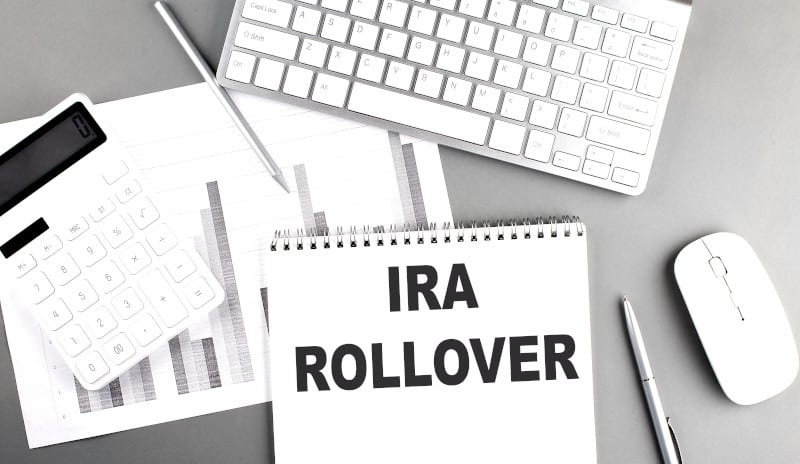
2. Roth IRA Rollover
One method of funding a Roth IRA is through a rollover. It’s important to remember that because a Roth IRA is an after-tax account, you can’t do a direct rollover from a 401(k) account to a Roth IRA. That’s called a Roth conversion, which we’ll get into later.
Instead, if you have an existing Roth 401(k) account that you want to roll over into a Roth IRA, or if you have a Roth IRA that you want to transfer into a precious metals Roth IRA, you can perform that rollover. This ensures that you’re moving funds from one post-tax funded retirement account to another one.
Moving funds from a Roth 401(k) account to a Roth IRA can be beneficial because it can open up a wider variety of investment options. One of those is a precious metals Roth IRA.
And perhaps most importantly, these Roth to Roth rollovers are done tax-free.
3. Roth IRA Conversion
The final method of funding a precious metals Roth IRA is through a Roth conversion. This entails rolling over or transferring funds from a 401(k), TSP, IRA, or similar retirement account into a Roth IRA.
Because 401(k), 403(b), 457, TSP, Traditional IRA, and similar retirement accounts are funded using pre-tax dollars, and a Roth IRA is funded using post-tax dollars, rolling over funds from those accounts into a Roth IRA means that you’ll have to pay taxes on your gains when you roll over those funds into a Roth IRA.
There are many reasons to do a Roth conversion, many of which have to do with expected tax burdens or retirement planning. You’ll want to consult with a financial advisor or a tax advisor when thinking about a Roth conversion, both to make sure that you’re familiar with the process as well as to ensure that a Roth conversion is the right choice for you.
Is a Precious Metals Roth IRA Right for You?
There are numerous reasons to choose a Roth IRA. Among the most common are protecting yourself against future tax increases or ensuring that you have tax-advantaged assets to pass on to heirs.
Roth IRAs also have different and less restrictive rules for withdrawals, including being able to take withdrawals of your Roth IRA contributions at any time.
Roth IRAs make sense for many investors, whether they’re looking to start one from the ground up, looking to roll over or transfer assets from other Roth accounts, or looking to do a Roth conversion. And if you’re looking to start a precious metals Roth IRA, it can offer advantages as well.
Since qualified distributions from a Roth IRA are made tax-free, you can take those distributions without having to worry about how to calculate taxes. And if you decide to take your distributions in kind, you can take delivery of your gold coins or bars without having to worry about paying taxes on your gains.
If you have assets that are already in Roth accounts that you want to protect, a precious metals IRA can help you do that, giving you the benefits of investing in physical precious metals that are available through a gold IRA or silver IRA.
If you want to avoid RMDs and keep your investment assets working for you into retirement, a Roth IRA can help you. And if you want to pass along tax-free assets to your heirs, it might also be worth looking into a Roth IRA.
In short, a Roth IRA can be a powerful tool for retirement planning and investing. And coupling a Roth IRA with the safety and security of precious metals can give you additional safety and security.
If you’re looking to start a precious metals Roth IRA or just want to learn more about a precious metals Roth IRA, call the experts at Goldco today. With over $2.5 billion in successful precious metals placements, Goldco’s representatives can help answer your questions and help you navigate the precious metals purchase process.
Don’t let your hard-earned retirement savings remain vulnerable to future uncertainty. Learn how you can help safeguard your wealth with a Roth gold IRA today.
This article was originally published in December 2022 and was updated in September 2024.
